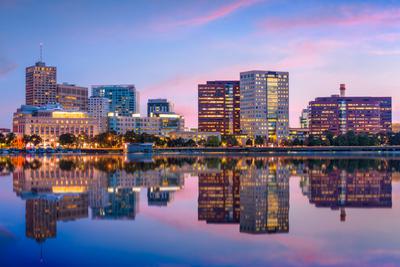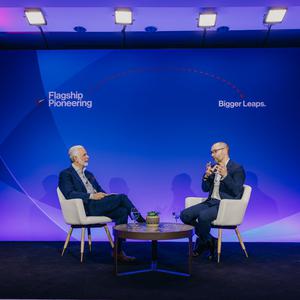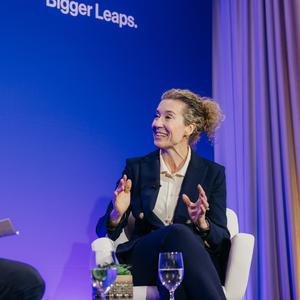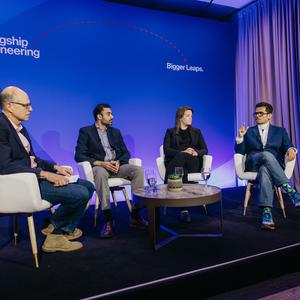At Flagship, we start our scientific explorations by asking “What If?” The point of this starting question is to imagine a future outcome or capability, unconstrained by what seems possible today:
• What if we could uncover and use human-commensal viruses to deliver nucleic acid therapeutics safely and repeatedly? Exploring and eventually answering this question led to Ring Therapeutics.
• What if red blood cells could be used to deliver therapeutic proteins and not just transport oxygen? This question led to Rubius Therapeutics.
• What if patients could produce biologic medicines inside their own bodies? This question led us to found LS18 — our 18th life science company — in 2010. This company is now better known as… Moderna.
What mRNA vaccines have accomplished has been hailed as nothing short of miraculous, which is fitting, since the company and its innovation emerged from what I think of as the second “Massachusetts Miracle” — the rise and eventual global preeminence of this area’s remarkable biotech sector and its collective effort to fight COVID. Of course, the idea of a miracle flies in the face of the scientific community’s basic goal to explain the world through scientific and natural principles. This so-called miracle was actually the product of the ambitions of entrepreneurs and the development of a supporting ecosystem.
These same enabling factors could be leveraged again to realize the next “Massachusetts Miracle” on the horizon. For those unfamiliar, however, it may be useful to provide some reference for the first “Massachusetts Miracle” before diving into what’s next.
PART I: The Massachusetts Miracle
About 100 years ago, Boston began a long chapter of sustained decline: losing industries, losing jobs, and losing population for most of the next 60 years. Even while much of the U.S. enjoyed growth and increased prosperity, particularly after World War 2, the region faltered and fell behind. Manufacturing was moving out of city centers; the automobile was becoming the dominant means of transport, which made moving goods in high-density cities like Boston harder; and the advent of air conditioning and better public health measures made living in the sunbelt more habitable and attractive.
As hard as it might be to imagine today, by the 1970s, Boston was increasingly written off as a dying factory town, destined to decay and diminish like cities in the American Rust Belt. But those prognosticators were overlooking a critical difference, Boston and Cambridge’s dominance in the most important products of the decades to come, big brains and big ideas.
From Harvard to Mass General to MIT, Boston and Cambridge had a centuries-long head start in scholarship, education, and innovation, and in the 1980s, rising demand for college-educated workers, a concentration of scholars and scientists, and an established financial services sector able to bankroll emerging companies shifted the Massachusetts economy into high gear, and fueled what became known as the “Massachusetts Miracle:”
- Unemployment shrunk from more than 12% in 1975, the highest for any industrial state, to less than 3%, the lowest
- State and local taxes, which had been the highest per capita of any of the states, decreased to the eighth lowest, while personal income grew faster than in any other state
- Population decline halted, housing prices rose, and new businesses based on emerging technologies started to rapidly expand.







